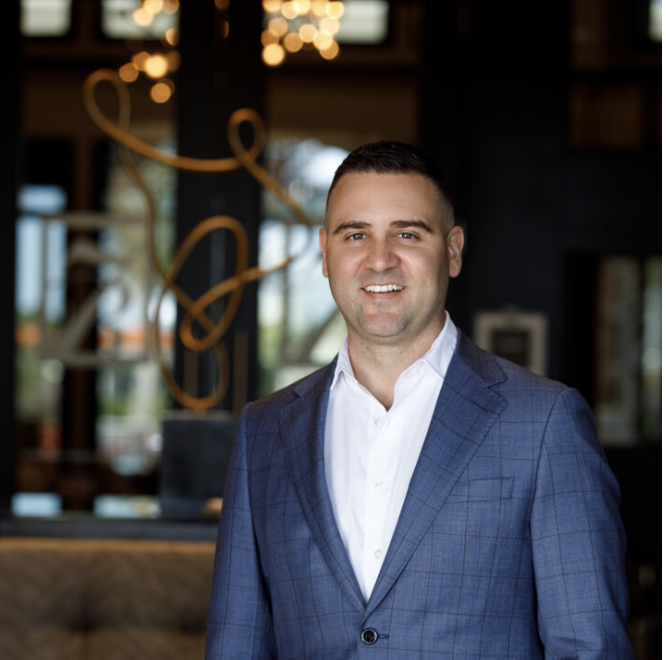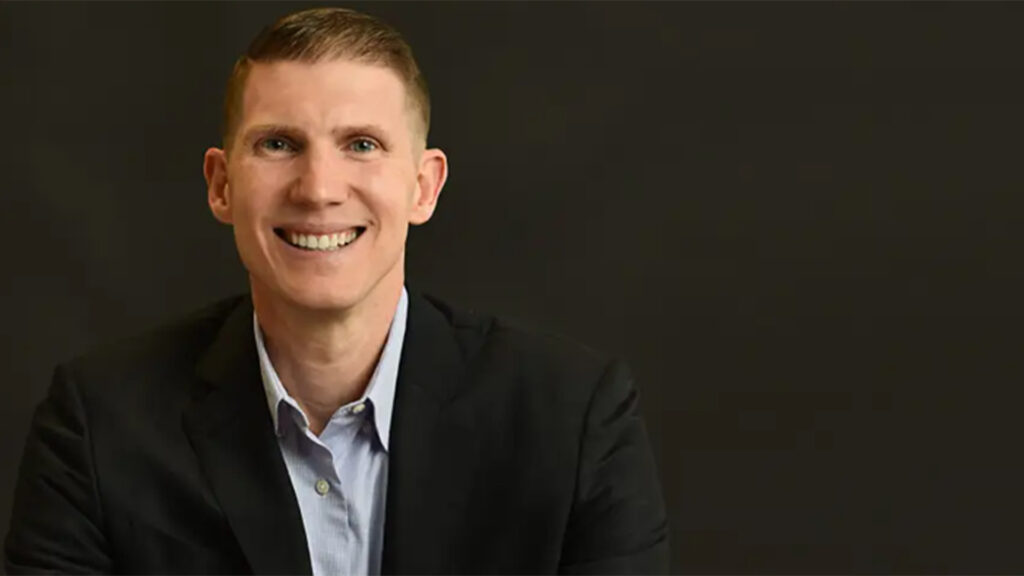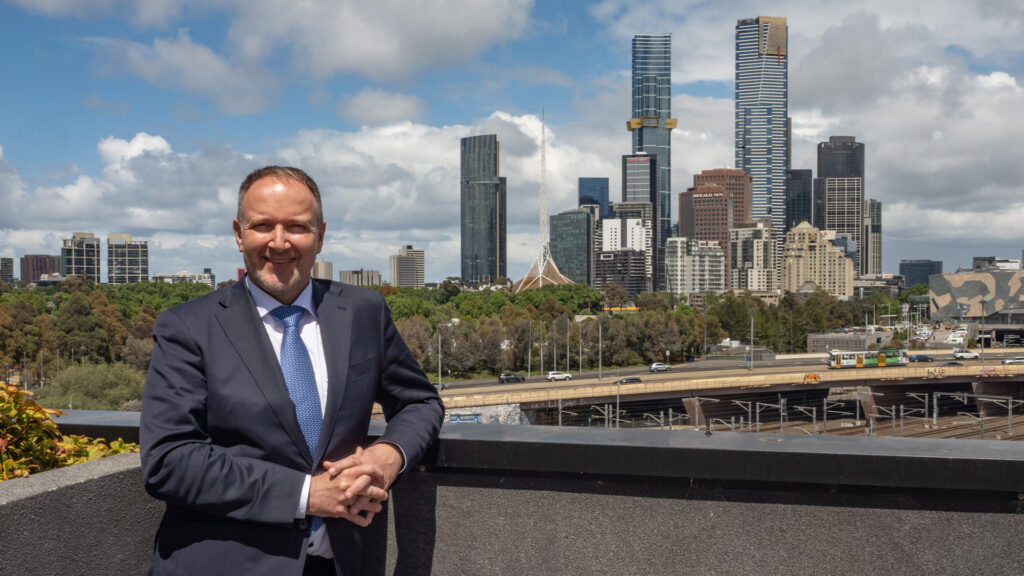How Executive Leaders Can Build a Cyber-Resilient Organisation From the Inside Out In today's hyper-connected world, cybersecurity is no longer a niche IT concern, it’s a fundamental pillar of organisational resilience. The threat landscape ...
Explore In-Depth CEO Insights and Articles
Explore our extensive collection of articles featuring the latest insights, trends, and success stories from top business leaders. Stay informed with expert analysis and in-depth content that covers a wide range of topics in leadership and innovation. Browse now to stay ahead in the business world.

Browse Our Latest Articles
Explore the latest articles, featuring expert insights, groundbreaking innovations, and success stories from visionary business leaders. From leadership strategies to industry trends, our articles deliver the knowledge you need to stay informed and inspired. Dive in and stay ahead in the ever-evolving world of business leadership.
As president of GL Homes, Misha Ezratti continues to lead with vision and adaptability, balancing innovation, sustainability, and community priorities in a market shaped by economic pressures and lifestyle trends. Guided by Misha Ezratti’s insight...
In this exclusive interview with the Mental Health Speakers Agency, Robb shares his insights on why human-centred leadership matters now more than ever — and how organisations can cultivate cultures where people thrive, resilience is built, and me...
CEO Monthly profiles Gerdt Fehrle, founder of Prospero PR and Most Influential CEO 2025 – Communications, Publishing & Thought Leadership (Germany), exploring his literary roots, leadership evolution, agency culture and approach to crises and AI.
CEO Monthly profiles Dr Matthias Raab, CEO of CO2CRC and Carbon Capture and Storage CEO of the Year 2025, exploring his leadership in CCS, the Otway International Test Centre, and his role in advancing Australia’s energy transition.
Leading with Motivational Intelligence: Why the Next Era of Leadership Belongs to Those Who Think DifferentlyBy James Fleming, MQ, Founder & Managing Director, The Power Within TrainingLeadership has never been more demanding, more complex, or...
Why business leaders should embrace smarter fleet management Fleet operations are at the core of many successful enterprises, and technological advances are reshaping how organisations oversee their vehicles. With smarter vehicle tracking capabili...
Leadership and management mean different things, albeit usually sharing similar goals. Both functions are essential, but they require different strengths and expectations.
Forex trading is one of the most popular financial markets in the world that attracts both beginners and experienced traders alike. While the appeal of potentially high profits is enticing, forex trading is not just about luck - but much more!Succ...
In 2026, embedded finance shifts firms from transactions to ecosystems. Learn the revenue, retention and data wins—and how to pick the right partners.
Ali Brown argues AI won’t replace human CEOs. It will amplify leaders who pair data-driven decisions with empathy, ethics, and emotional intelligence.
Legal 500 Hall of Fame mediator Jane Gunn shares 12 proven steps to stop workplace bullying—culture reset, leadership, whistleblowing protection, and more.











